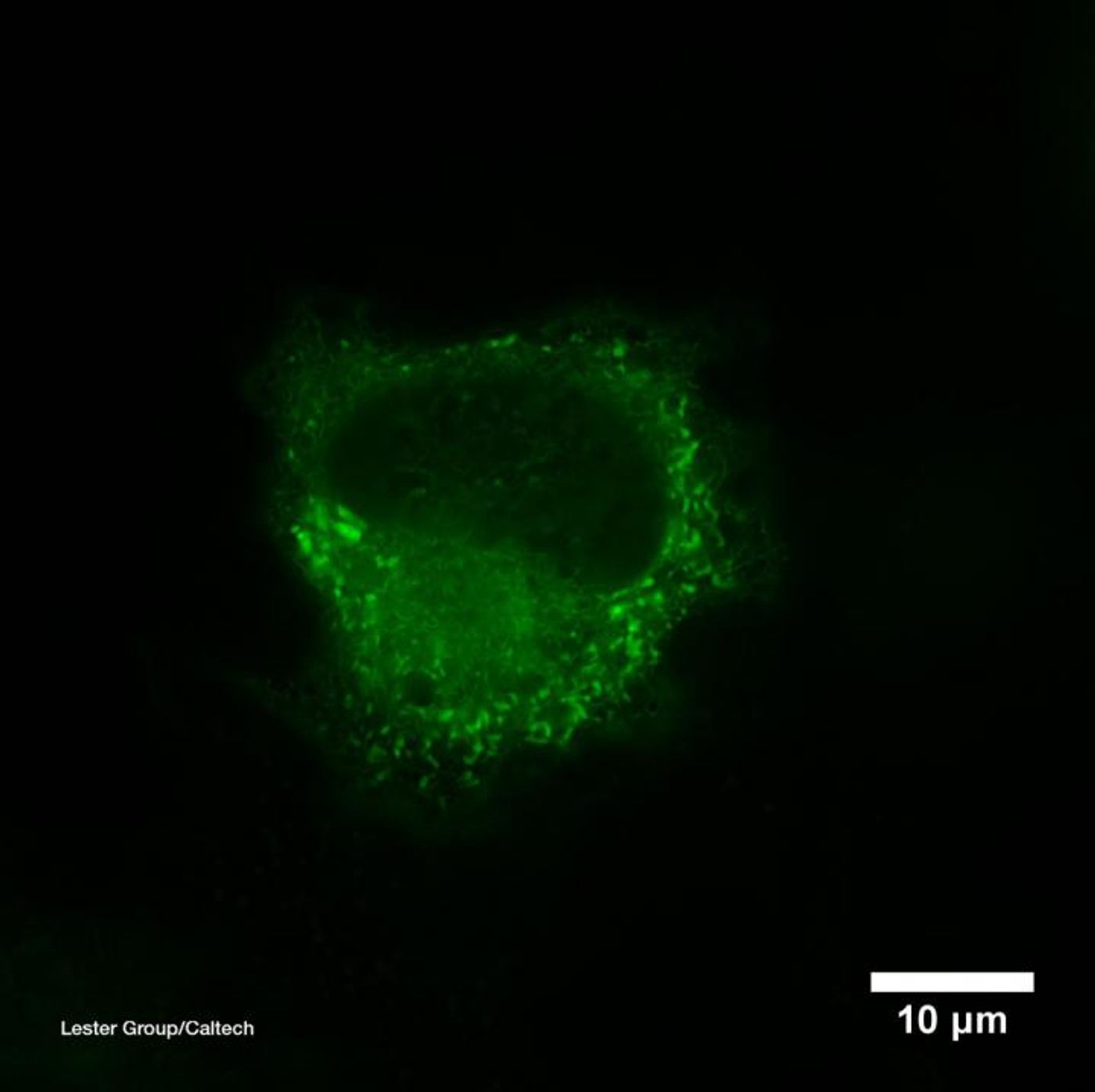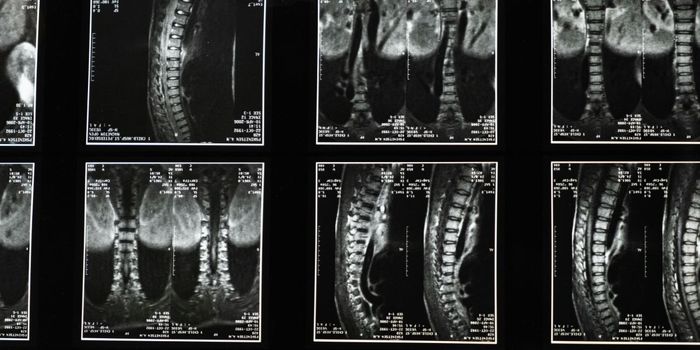Cigarette smokers become addicted to nicotine, a highly addictive substance that is absorbed through the skin, mouth, and lungs when a person takes a puff. It then travels to the brain, and stimulates the production of epinephrine and dopamine, resulting in a pleasurable feeling. Nicotine can get inside of neurons and is thought to create a dependence on the substance by binding to receptors on a cellular organelle called the endoplasmic reticulum. While it’s known that the number of those receptors then increases, not much else is known about the process.
Researchers have now developed a sensor that lights up in the presence of nicotine, which enables them to watch how the molecule moves in cells. This work, led by Henry Lester, a professor of biology at Caltech, has been reported in the Journal of General Physiology. The video illustrates the action; as nicotine levels rise, the biosensor in the endoplasmic reticulum of the cell glows brighter.
The endoplasmic reticulum (ER) is involved in the synthesis of proteins and lipids. The receptors that bind to nicotine, nAChRs, are made there and then directed to neurons. When nicotine enters the brain, they attach to nAChRs and initiate a cascade of events that results in a feeling of happiness. Lester and others have found that the ER can hang on to some nAChRs, and those receptors are still able to bind to nicotine while in that organelle.
The nicotine-sensing tool that the scientists created is a protein that can close and open, like a trap that encloses nicotine. When that happens, a fluorescent protein begins to glow, indicating where the nicotine is. The researchers can add these biosensors to different areas of the cell. In this study, it was added to the cell surface and endoplasmic reticulum.
The team created movies of cells that carried these biosensors and found that nicotine moves into the ER within seconds of being near a cell. Nicotine affects the nAChRs, moving more of them to the surface and making cells more sensitive to nicotine exposure. Therefore, the more smoke a person inhales, the faster they feel the effects, which is a part of the addiction.
These movies were made using individual neurons growing in dishes, so the researchers want to look at this movement in live mice next. They are also working on more biosensors for molecules like opioids and antidepressants.
Sources: AAAS/Eurekalert! via Caltech, Journal of General Psychology









